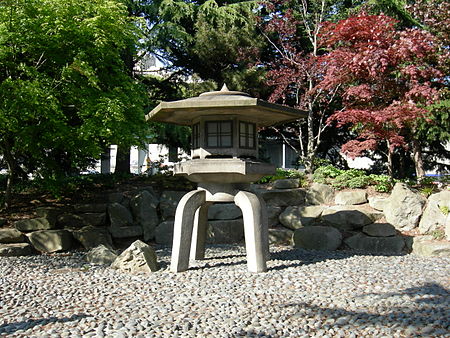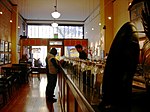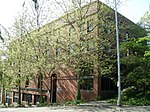Kobe Terrace (Seattle)

Kobe Terrace is a 1-acre (4,000 m2) public park in the International District neighborhood of Seattle, Washington. It incorporates the Danny Woo International District Community Garden. Named after Kobe, Seattle's sister city in Japan, it occupies most of the land bounded on the west by 6th Avenue S., on the north by S. Washington Street, on the east by Interstate 5, and on the south by S. Main Street. Some of the wood structures in the Danny Woo Garden were constructed by the Neighborhood Design/Build Studio of the University of Washington College of Architecture and Urban Planning under the direction of Steve Badanes. The former Nippon Kan Theatre is adjacent to the park.
Excerpt from the Wikipedia article Kobe Terrace (Seattle) (License: CC BY-SA 3.0, Authors, Images).Kobe Terrace (Seattle)
South Main Street, Seattle International District/Chinatown
Geographical coordinates (GPS) Address Nearby Places Show on map
Geographical coordinates (GPS)
| Latitude | Longitude |
|---|---|
| N 47.6 ° | E -122.32505555556 ° |
Address
South Main Street 630
98104 Seattle, International District/Chinatown
Washington, United States
Open on Google Maps











